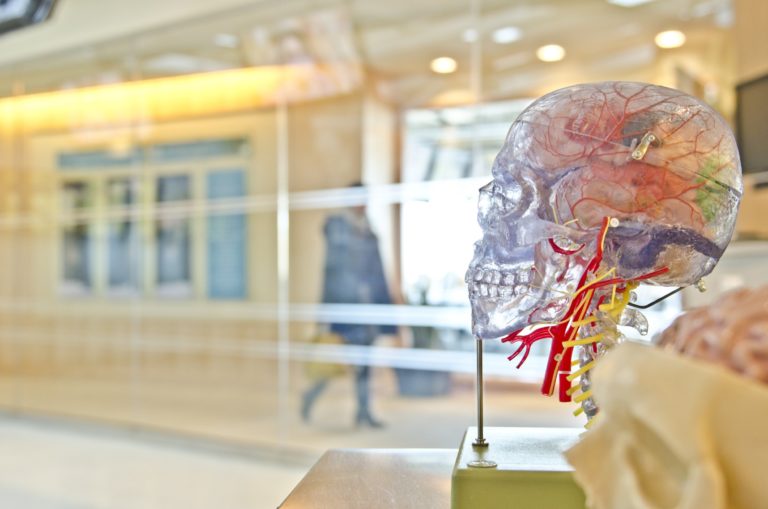In a Brain Stimulation journal Letter-to-the-editor Nicholas S Bland asks “Is two decades of tDCS work wrong? Commentary on Ahn and Frohlich.” Nicholas Bland is actually commenting on an original research study also published in Brain Stimulation by Sangtae Ahn and Flavio Fröhlich titled “Pinging the brain with transcranial magnetic stimulation reveals cortical reactivity in time and space.”
So, this original “pinging” paper shows that the fundamental finding that tDCS modulates brain excitability, in a polarity and time-specific way (as measured by TMS) is in fact CORRECT. Meaning while Ahn and Frohlich are elegant for their nuance, it fundamentally reinforces that tDCS works, as has been shown again and again since the work of Nitsche and Paulus in 2000.
Now, in Nicholas Bland’s letter, this is exactly what he agrees with saying “Ahn and Fröhlich reporting that 10 minutes of 2 mA transcranial direct current stimulation (tDCS) over the human primary motor cortex (M1) can induce extraordinary modulations to corticospinal excitability, as indicated by changes in the amplitude of motor-evoked potentials (MEPs) elicited by transcranial magnetic stimulation (TMS)…. The experiment by Ahn and Fröhlich is well-considered for a number of reasons.”
The only caution Nicholas Bland seems to suggest is that in running these experiments it is important to be careful and controlled. This in itself is something that Dr. Nitsche and others have been proving through rigorous variations of tDCS protocols. Meaning if you’re sloppy with how you apply tDCS including controlling background factors, you will see variability.
But, it could be that Nicholas Bland selection of a letter title that seems to suggest the oppositive of his conclusion, maybe compounded by the clever but not specific title of the Frohlich “pinging” paper, and the general sense that that are outsides to the tDCS who circle it looking for any cracks in the ever-growing tower of knowledge…well also those things caused a little bit of excitement and discussion, including this series on Twitter”
Meanwhile, Is two decades of tDCS work wrong? Daily Mirror style title for an interesting assessment of a recent paper by @FrohlichLab https://t.co/yK3gQcAc3s— BestmannLab (@BestmannLab) February 27, 2021
Update from Dr. Nicholas Bland – 4/18/21 – We would like to thank Dr. Bland for his work in the field and for taking the time to send us this update.
“There is no doubt that the title of my correspondence has caused quite a bit of confusion — after all, the original article by Ahn and Fröhlich shows robust polarity-specific effects of a-tDCS and c-tDCS that match perfectly the classic effects of tDCS on M1 corticospinal excitability, so why would it conceivably challenge two decades of tDCS work? The question “Is two decades of tDCS work wrong?” is not in reference to the direction of their results per se, but rather in reference to the fact that two decades of tDCS work has shown that its effects on MEP amplitude are incredibly variable, with mostly small effect sizes (Dissanayaka et al., 2017). The challenge to this literature is in the extraordinarily large effect sizes observed by Ahn and Fröhlich: both anodal or cathodal tDCS effects were so robust that neither condition overlaps with sham. Put simply, within the context of this vast literature, their study was one in a million.”




